The insults stopped when the governor allegedly received an arrow in one cheek which passed through his mouth and out through the other cheek.
There is not much left of the once formidable Roxburgh Castle. Having changed hands several times, it was razed to the ground in 1460 after many battles between the Scots and the English.
The Douglas family fought English Kings and governors over the border fort on the banks of the rivers Tweed and Teviot for generations.
In 1313, Sir James Douglas, known as “the Black Douglas,” hatched a plan to get close enough to mount a surprise attack. This was no mean feat as the castle was surrounded on three sides by water and topped with at least eight defensive towers.
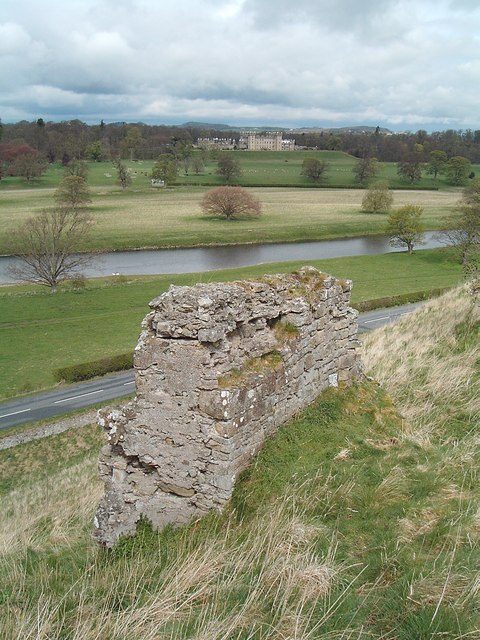
He specifically wanted to avoid a siege, which could be a long, drawn-out affair with a high cost in regard to time, manpower, and supplies.
In addition, Roxburgh was likely to have a good stock of food and drink given the governor’s reputation for high local taxation. The governor hailed from Gascony in South West France, which at that time was held by the English as a Duchy under the French crown.
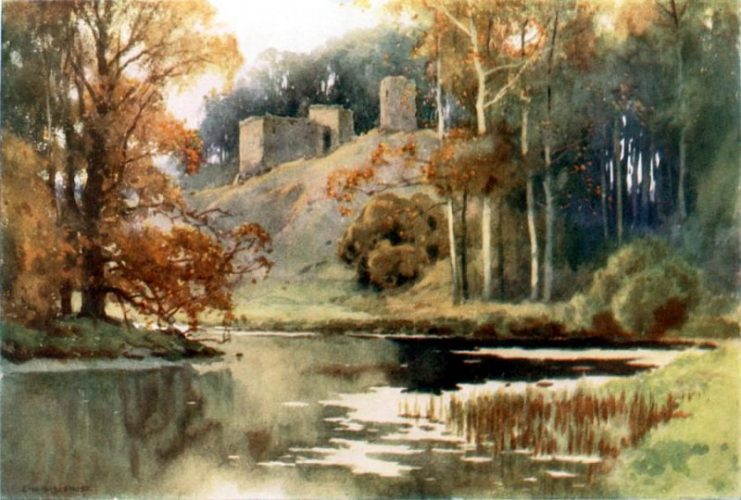
On February 19th, 1313, it was the feast of Shrovetide. The English within the castle were likely to be merry and drunk before the fasting of Lent began.
It is reported that the Black Douglas approached the castle at dusk with just 60 of his best men. They wore either a black cloak or a cow-hide. So disguised, they slowly crept up on the gate-tower as quietly as possible.
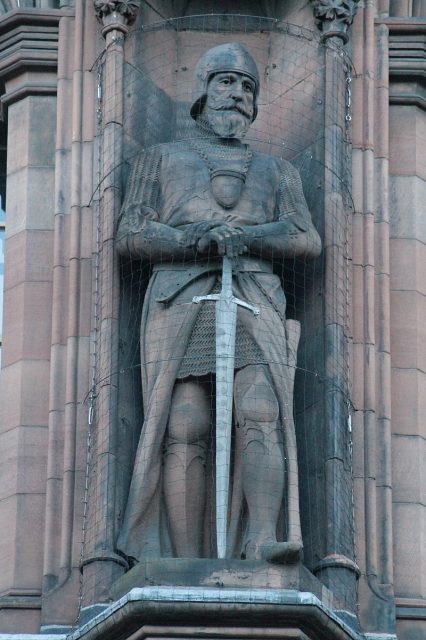
It’s likely that any English guardsman on the battlements looking out across the landscape would have only seen slowly moving dark shapes in the meadows next to the river. Perhaps there were already cows grazing there on that darkening February evening and the men just blended in.
Once at the castle walls, Douglas’s men threw off their cloaks and cow-hides and unrolled a new attack device invented by Sim Leadhouse. These were rope ladders that hooked onto the ends of elongated spears. By skillful maneuvering, these ladders could be snagged onto the castle battlements.
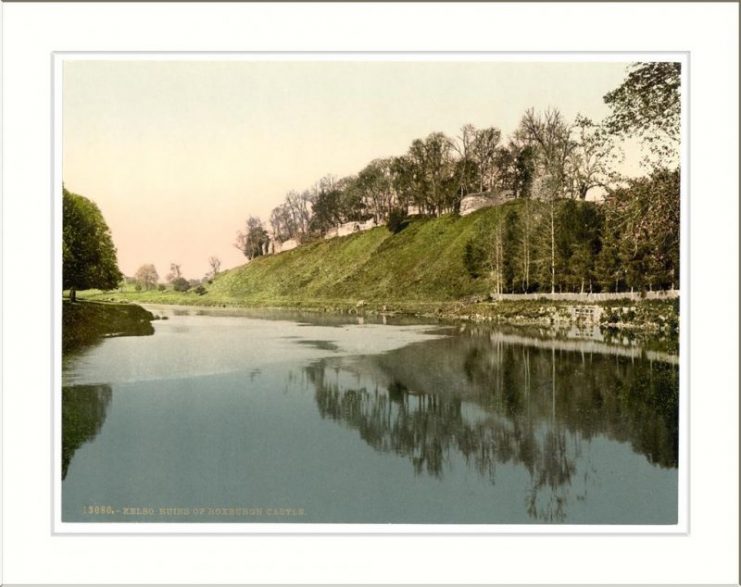
In a border myth told by generations of folk singers and tale-tellers, there was a young woman cradling her baby on the castle battlements.
What she was doing there with her new-born we will never know, but she was said to be singing the babe to sleep with the song, ‘Hush ye, hush ye, The Black Douglas will not get ye.’ A moment later Sir James appeared on the wall beside her and kept her safe while the battle raged.
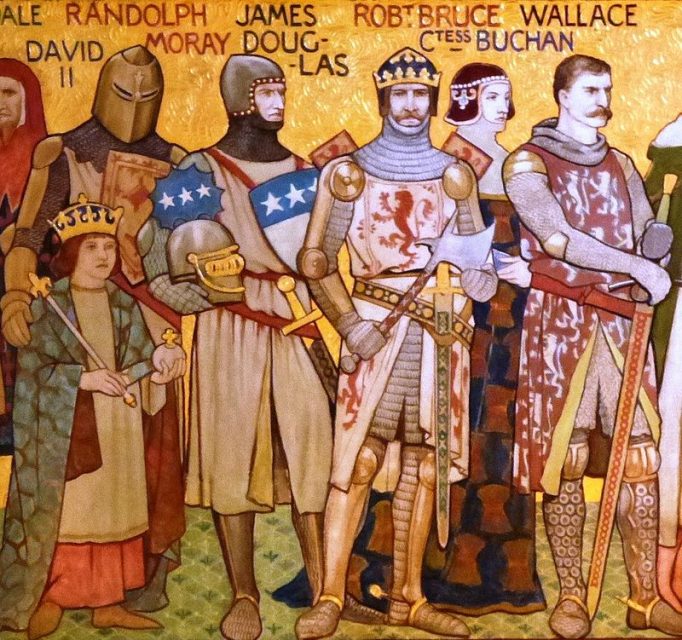
In other accounts, it was Sim Leadhouse who was the first man on the castle walls, and he simply took the English guardsman and threw him off the battlements. Douglas’s men quickly overcame the rest of the men on duty in the guardhouse and then threw open the main gates to mount an all-out assault on the castle.
The alarm was raised, and the Gascon governor and his men retreated to the main Donjeon tower where they stood on the high battlements and hurled insults at the Black Douglas.
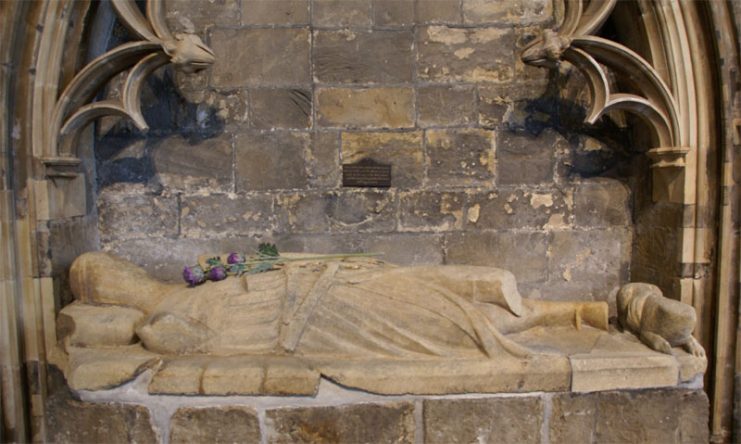
Photo by Otter CC BY-SA 3.0
The insults stopped when the governor allegedly received an arrow in one cheek which passed through his mouth and out through the other cheek. With the arrow shaft gripped between his teeth, the governor quickly came to his senses and agreed to surrender.
The Black Douglas gave the governor and his men safe passage to the border. However, the castle fell back into English hands just a few years later in 1330. There is some disagreement as to the actual date of the attack. While a number of reports put it at 1313, there are others that record the date as 1314.
All we can safely say, looking back with some admiration, is that inventive disguise and cunning deception have always been a key part of any successful war leader’s armory.
